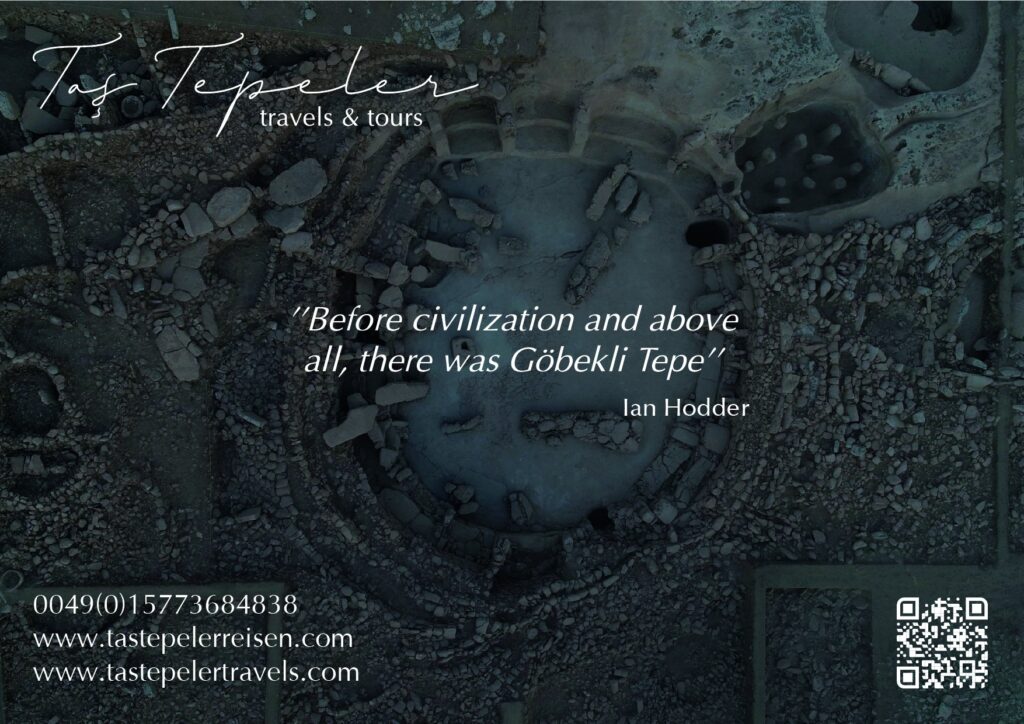
At the beginning of the Early Holocene Period, the hunter-gatherer groups in the Upper Mesopotamia region left behind complex structures, monumental stone pillars, and various sculptures and Neolithic cultural zone that stand out with rich symbolism accompanying thereto in unprecedented permanent settlements. Excavations were initiated at new Neolithic sites within the scope of the “Taş Tepeler” project in Göbekli Tepe cultural zone, rather known for Göbekli Tepe Neolithic Period site. By whom, how and why this early Neolithic civilization that reverses some basic assumptions on the history of the mankind remains the most important area under discussion. The excavations currently in progress, and the surveys carried out, at the Neolithic sites in this culture region provide comprehensive data on the social and economic foundations that allowed rise of this civilization. In particular, the prevalent and enormous hunting grounds/entrapment areas discovered in this region stand out as the most important economic grounds that allowed this civilization to rise. Moreover, the finds referring to the material exchange and craftsman network conducted in a wide area appears as another socio-economic factor. Despite recognizing the socio-economic foundations, this study shall place the speculative “knowledge” highlighting the psycho- cultural aspect of the people of that era as the main triggering driver regarding rise of this civilization. In conclusion, this study shall endeavour to deduct reasonable interpretation on how Göbekli Tepe culture started to rise on the basis of the sociological perspective that considers knowledge at an autonomous place against other socio-economic conditions.


